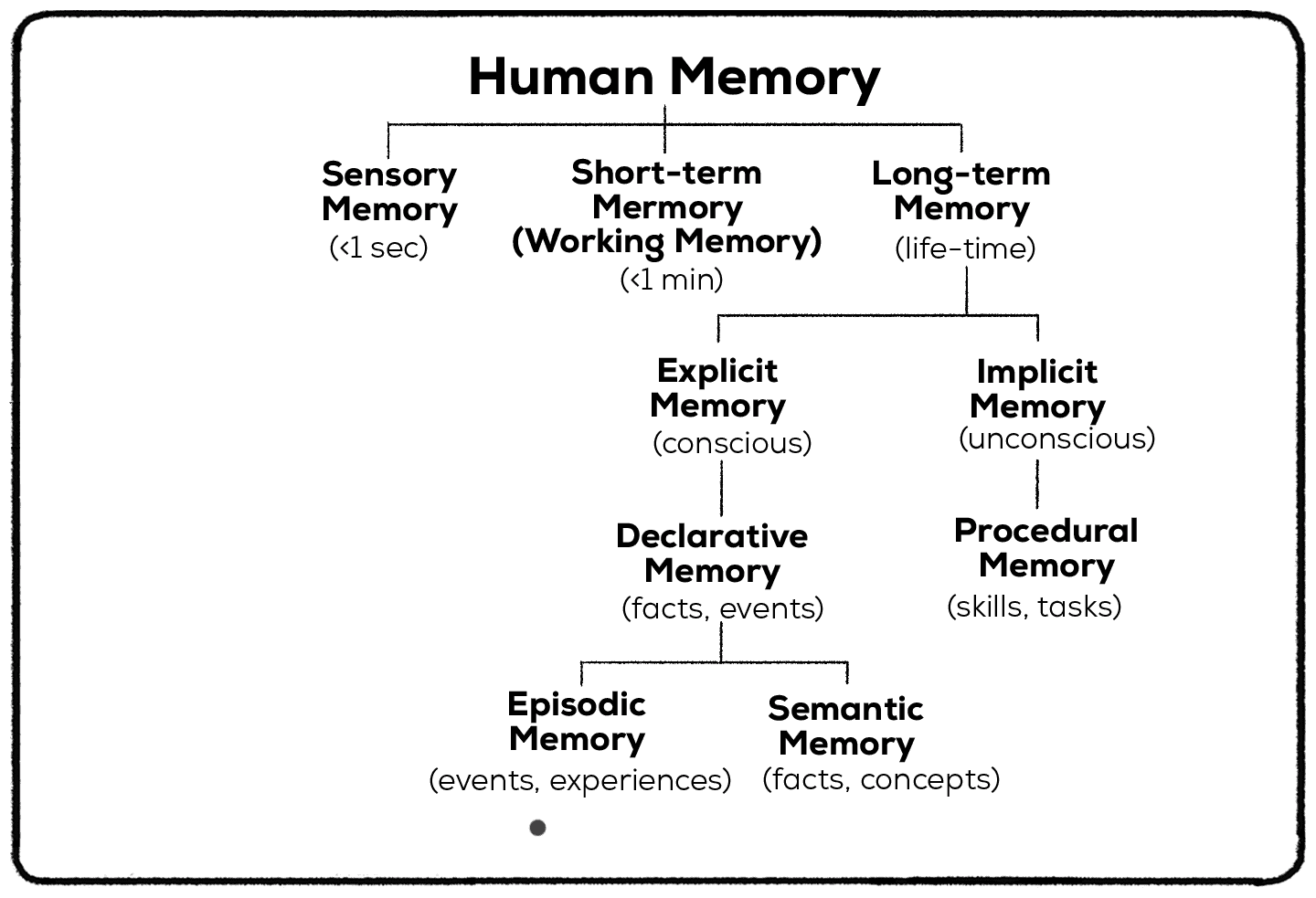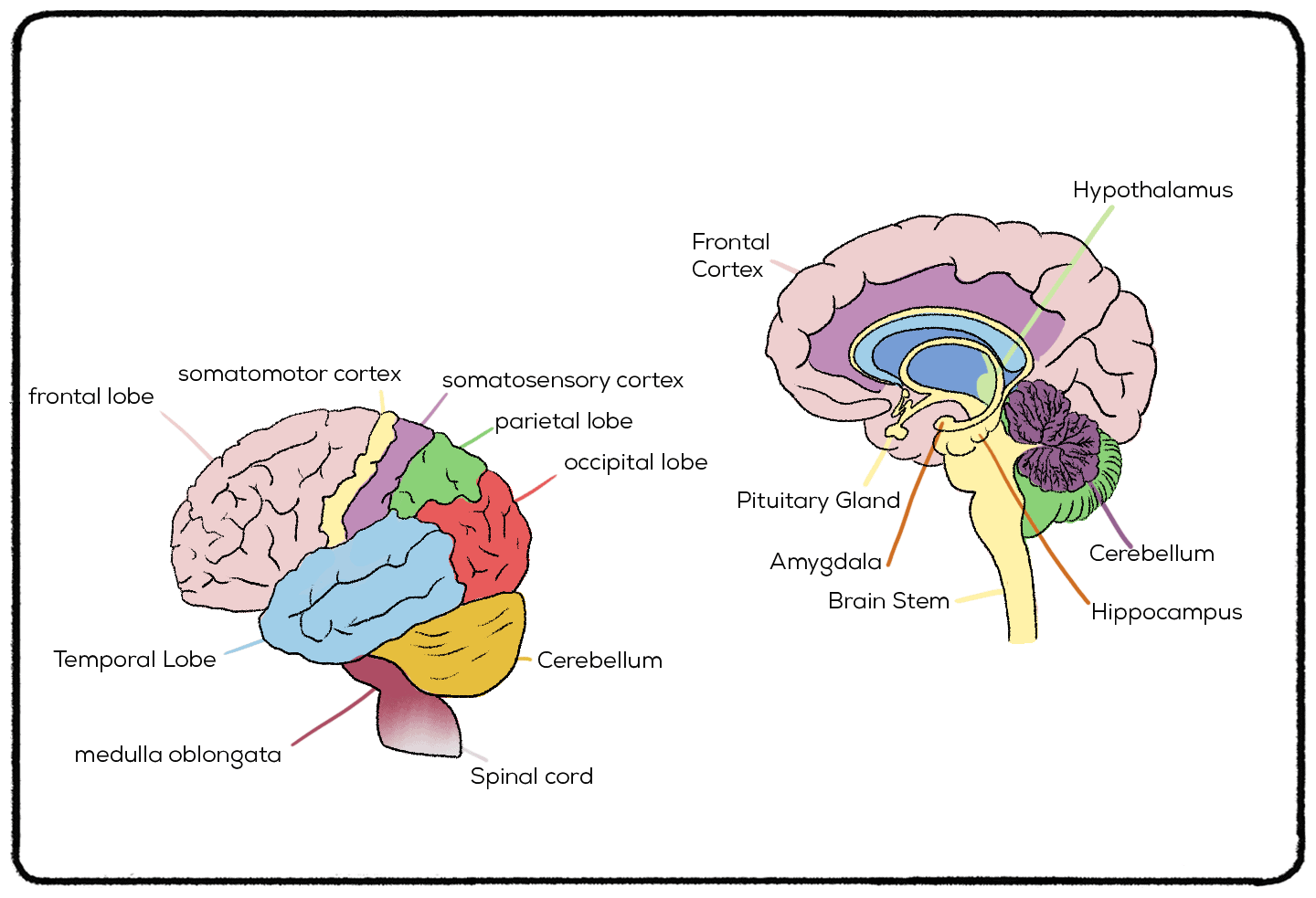Think about the last time you flew on an airplane. If you’ve never flown on an airplane, think about the last time you rode in a car. Maybe you were flying from Austin to Los Angeles, or you were sitting next to your mom, or there was a baby crying a few aisles up.
Now think about all of the things that you had to remember in order to recall that memory. On the surface, this may appear to be just one memory. Like a piece of a puzzle. But that one memory of you on the airplane is actually a puzzle of its own - filled with different pieces of semantic memory that support this memory.
Semantic memory is often taken for granted, but scientists are beginning to see the importance of studying semantic memory and how we acquire it.
What Is Semantic Memory?
Semantic memory is all of the acquired knowledge you have learned about the world around you. Another way to describe semantic memories is “general knowledge.” All of the things that you know about planes, Austin, and babies are all considered to be semantic memories.

Examples of Semantic Memories
There are a lot of semantic memories that go into one “episode” of our memory, including:
- Names and qualities of the objects around us
- The origin and history of those objects
- Names and attributes of actions
- Names of abstract concepts
- Knowledge of human behavior
- Opinions
- Beliefs
- Historical events
- Causes and effects
Let’s go back to that plane example. You remember flying on a plane from Austin to Los Angeles, sitting next to your mom, hearing a baby cry a few aisles in front of you. The semantic memories in this episode include:
- The knowledge of what a plane is and how it works
- Information about the airline you used to fly from Austin to Los Angeles
- The city of Austin
- The city of Los Angeles
- The existence of your mother
- The fact that your mother is related to you
- What a baby is, and why it might cry
- The layout of a plane, including its seats and aisles
Those are a lot of pieces to this puzzle. But because there are so many pieces, this type of memory storage has been ignored in the world of science.
Semantic vs Episodic Memory
Semantic memory is a type of declarative, or explicit memory. It’s a type of memory that you can declare through words or language.
Under the umbrella of explicit memories are also episodic memories. Episodic memories cover events in our lives like an episode of a movie. We see things from our perspective. The “episode” of flying from Austin to Los Angeles is an episodic memory. The concept of flying, the concept of Austin, and the concept of Los Angeles, are all semantic memories.
Interested in enhancing your memory skills? Test your short term and working memory using our online free tool to explore and improve your semantic and episodic memory abilities.
Are Semantic Memories Implicit?
No. Implicit memories are skills that we learn by doing. The knowledge of how to put your seatbelt on is an implicit memory, but the concept for the word “seatbelt” and how it protects you are semantic memories.
Who First Studied Semantic Memory in Psychology?

Semantic memories were actually first introduced in the 1970s at a conference in which Endel Tulving presented the differences between semantic and episodic memories.
One of the unique things about humans is that we have the ability to place ourselves in the past or the future using episodic memories. But we can’t fully do that unless we have semantic memories.
One of the most interesting differences between episodic and semantic memory, however, is without episodic memory, we cannot know where, how, or when we acquired semantic memories. Without placing ourselves in the past, we do not have the ability to remember where we first met our neighbors and learned their names. Without placing ourselves in the past, we do not have the ability to answer the question, “How do you know that Austin is the capital of Texas?”
Episodic and semantic memories must work together in order to build autobiographical memories. Autobiographical memories tell the story of us: who we are, how we came to be the person that we are, and how we acquired the skills and information that help us function.
How Do Semantic Memories Work?
Semantic memories have only been a topic of discussion since the 70s - it’s a relatively new concept in the world of memory. Many questions about how we collect and store semantic memories still need to be answered.
There have been a few different models of semantic memory that have been proposed, including network models and associative models. These models show us how we connect different memories together to form more semantic memories about different concepts, attributes of an object, relationships between two objects, etc. Some of the more well-known models of semantic memory include The Collins and Quillian Hierarchical Model and Smith’s Feature Comparison Model.
Some of these models support the idea that semantic memories are stored in the same areas of the brain where episodic memories are stored. Other models and theories suggest differently.
Where are Semantic Memories Stored in the Brain?

If episodic and semantic memories were to be stored in the same place, it would most likely be in the medial temporal lobes and hippocampus. But more and more scientists are distancing themselves from the idea that semantic memories are stored in the hippocampus. Or that one part of the hippocampus encodes and organizes semantic memories, while another part of the hippocampus stores the information so it can be pulled up later.
There is still a lot to learn about semantic memories, but this information could be crucial to learning how we understand the world around us. We have to pull from semantic memories every time we use language, remember past events, or solve problems. Understanding this process could make us better learners and better thinkers.
